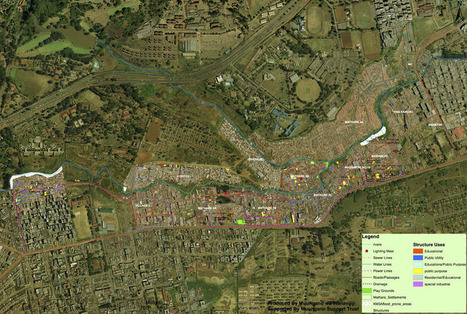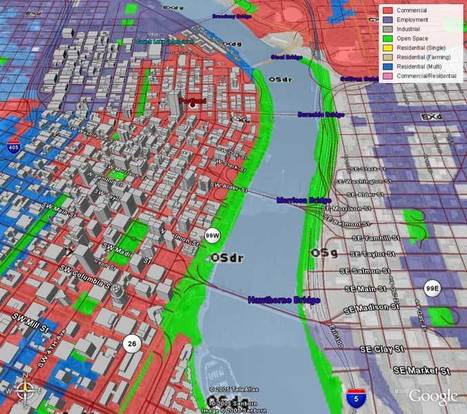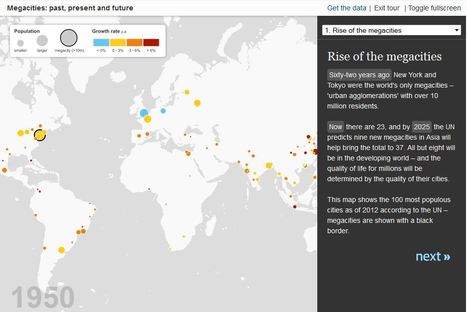A billion people worldwide live in slums, largely invisible to city services and governments — but not to satellites.
Research and publish the best content.
Get Started for FREE
Sign up with Facebook Sign up with X
I don't have a Facebook or a X account
Already have an account: Login
Resources linked to the NSW Geography Syllabus K - 10
Curated by
GTANSW & ACT
 Your new post is loading... Your new post is loading...
 Your new post is loading... Your new post is loading...
|
Tori Denney's curator insight,
May 27, 2015 3:36 PM
World cities and megacities - Presently , the mega cities of the world have to have a population of at least 10,000. Many cities are very near the minimum to be considered a mega city, but are not quite there. By 2025, the developing world, as we understand it now, is estimated to be home to 29 megacities. |













Great how tech and globalization can help represed people in other countries.
The slum-mapping movement began in India almost a decade ago and migrated to africa, the idea of this is to make slums a reality to people who have never set foot in one before. The maps can be used in court to stop evictions or simply to raise awarance. I think this idea is on the right track of what needs to be done. These people need help and so many people incuding the governement pretend they arent their but with these maps as proof they can no longer do that.
Slums and squatter settlements are a problem that a lot of the developing world has to deal with. The unsafe and unsanitary buildings cause headaches and problems for the leaders of the cities they surround. This story is hopeful in that the city did manage to bring a water line out to get clean water to the people living in this area. Perhaps this will lead to a better quality of life of the inhabitants of this particular slum. Also the project of mapping such areas can be a useful tool for city planners to better regulate these areas and help the people that live there.,